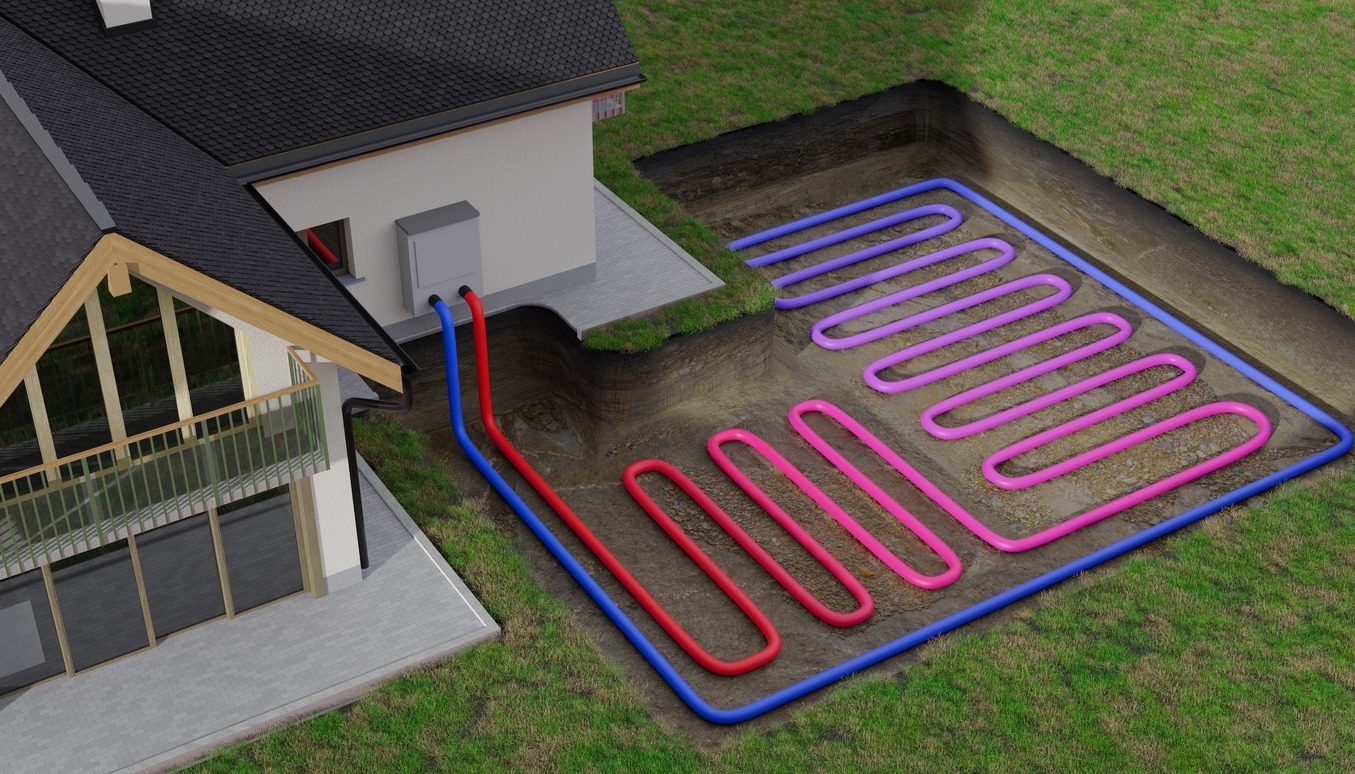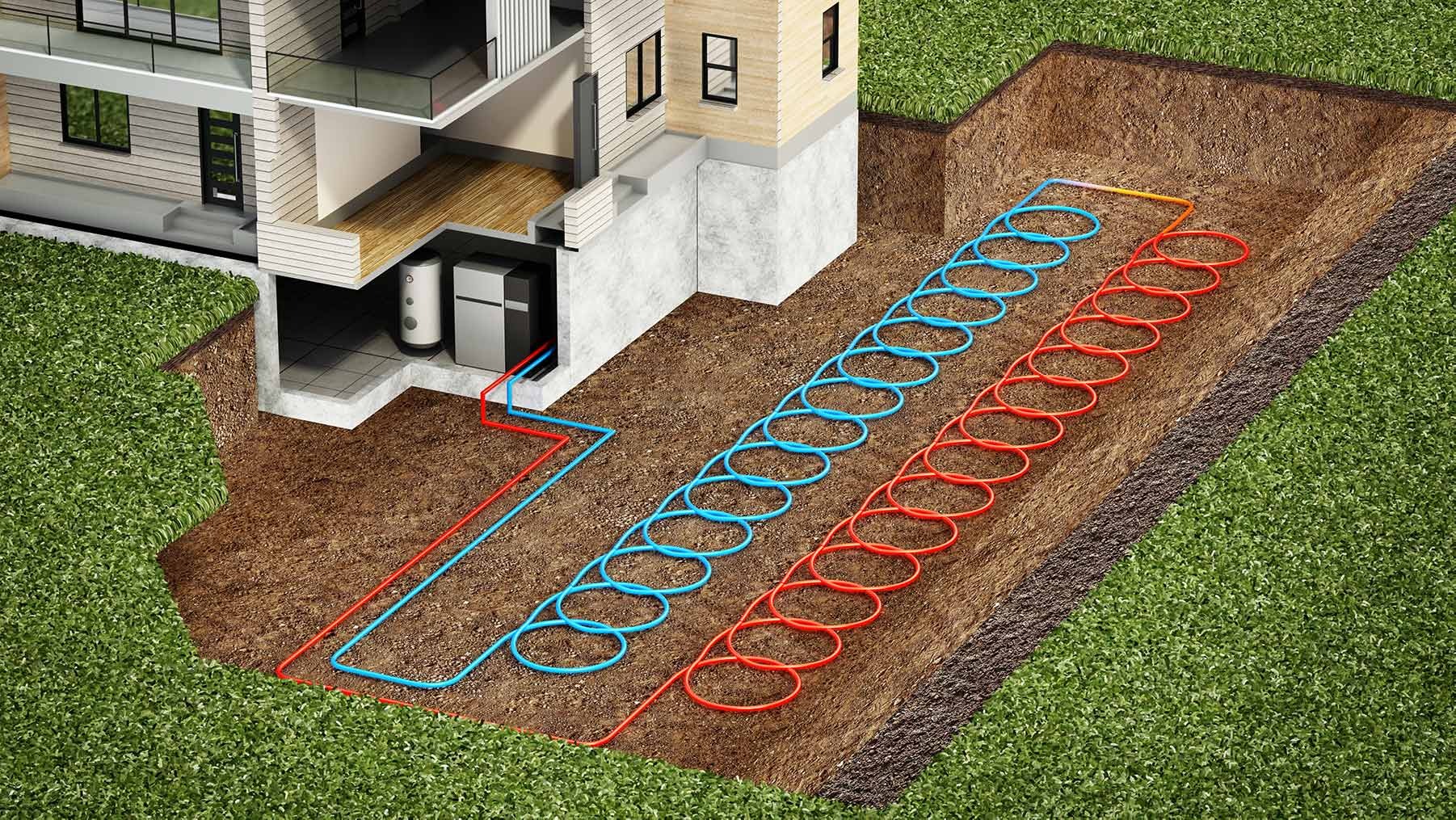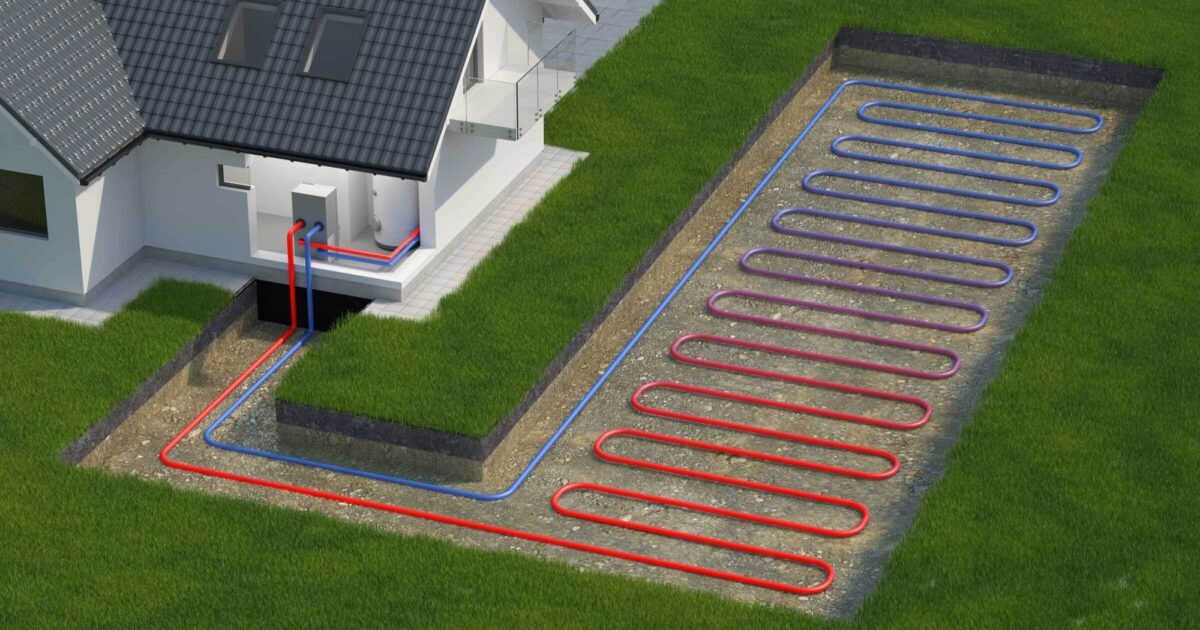The Government of Scotland, through the Energy and Climate Change Directorate, has released comprehensive guidance outlining the regulatory framework for the exploration and exploitation of Scotland’s geothermal resources.
While not an exhaustive compilation of all relevant legislation, the guidance serves as a valuable reference for those engaged in onshore geothermal projects.
Accessible via the provided link, the step-by-step guide offers clarity on navigating the regulatory landscape surrounding geothermal activities. Additionally, an accompanying document enhances understanding and implementation.

Scottish Government On Geothermal Projects (Credits: Mowery)
The guidance delineates the responsibilities of various regulatory bodies involved in overseeing different facets of geothermal exploration and exploitation.
For instance, obtaining authorization from the Scottish Environment Protection Agency (SEPA) is imperative for activities such as borehole construction, as well as water extraction and reinjection into the subsurface. Should operations intersect with known coal seams, approval from the Coal Authority is also mandatory.
Any physical alterations to land use necessitate planning permission from the relevant local council, typically the planning authority. Decisions on planning applications adhere to the development plan for the area, comprising the National Planning Framework (NPF) and the local development plan (LDP).

Scottish Government On Geothermal Projects (Credits: www173.rtaf.mi.th)
An important distinction is drawn regarding drilling depth. Geothermal boreholes less than 200 meters deep are subject to General Binding Rules (GBRs), provided certain prerequisites are met. Conversely, wells exceeding 200 meters require a SEPA license.
Environmental impact assessments and adherence to health and safety regulations are integral components governed by respective regulatory bodies. Scotland already maintains several Health and Safety regulations applicable to geothermal drilling and operations.
In recent years, concerted efforts have been made to harness mine water in Scotland for geothermal energy, aligning with the country’s commitment to reduce emissions by 75% by 2030 and achieve net zero by 2045.
Given that heat constitutes a significant portion of Scotland’s energy demand and emissions, repurposing abandoned and flooded coal mines presents a promising avenue for heat energy production and storage.
Scotland’s burgeoning status as a geothermal hub was showcased as the guest country at this year’s GeoTHERM Expo & Congress in Offenburg, Germany.
Bolstered by government policies and financial support, Scotland is tapping into the substantial potential of geothermal projects, particularly in areas such as the hot, dry rocks of East Grampian, the hot sedimentary aquifers of Fife’s Midland Valley, and the disused mines of central Scotland.























